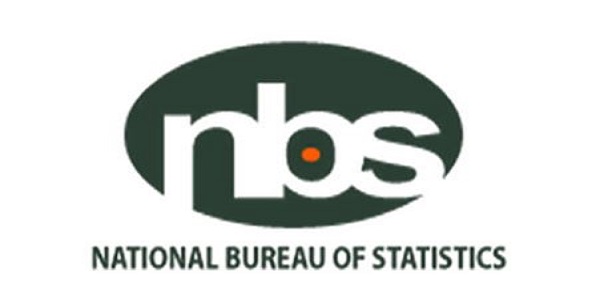Nigerian states collectively spent N139.92 billion on servicing external debt in the first half of 2024, representing a significant 122% increase from the N63.06 billion spent during the same period last year.
This sharp rise, revealed through an analysis of Federal Account Allocation Committee (FAAC) data by the National Bureau of Statistics (NBS), underscores the mounting financial pressures on state budgets, likely driven by the devaluation of the naira.
The data indicates that states have moved from spending approximately N9 billion to over N20 billion monthly on debt servicing, more than doubling their financial commitments. The surge in debt service costs highlights the fiscal strain facing state governments.
In January 2024, Nigerian states spent N9.88 billion on external debt servicing, a 27.7% decrease from the N13.67 billion recorded in January 2023. This reduction suggests that some states had fewer debt obligations at the start of the year. During this month, the exchange rate ranged between N830/$1 and N1,000/$1, the lowest within the period analysed.
However, the impact of currency devaluation had not yet been fully felt, as the amount deducted was consistent with the average monthly deductions throughout 2023.
By February 2024, debt servicing payments had soared to N24.53 billion, a staggering 148.2% increase from N9.88 billion in February 2023. This sharp rise reflects the impact of currency depreciation on repayment costs, signalling increased financial strain on state budgets.
March 2024 saw the highest expenditure on debt servicing, with states paying N40.41 billion, marking a 309.1% increase compared to March 2023’s N9.88 billion. This dramatic escalation could be attributed to higher maturing debt obligations at the end of the quarter.
From April to June 2024, external debt servicing costs stabilised at N21.70 billion each month. Compared to the N9.88 billion spent during the same months in 2023, this represents a consistent 119.70% increase each month.
The reduction from the March peak may reflect the completion of certain debt cycles, yet the continued high levels underscore the ongoing fiscal challenges faced by the states.
Kaduna and Lagos states emerged as the most prominent spenders, with Kaduna allocating N23.08 billion and Lagos committing N32.44 billion over the six months. Kaduna’s external debt servicing costs nearly tripled, rising from N9.89 billion in the first half of 2023 to N23.08 billion in 2024, a 133% increase.
Lagos, another major economic hub, also saw a significant escalation in its debt servicing costs, with expenses surging from N16.88 billion in 2023 to N32.44 billion in 2024, an increase of 92%. These two states accounted for 40% of the total external debt servicing costs during the period under review.
Other states also experienced substantial increases in their debt servicing obligations. Cross River’s costs escalated from N2.21 billion in 2023 to N7.87 billion in 2024, an increase of 256%, while Bauchi State’s expenses surged from N3.28 billion to N6.33 billion, a rise of about 93%. Ogun State’s external debt servicing costs rose from N1.57 billion in 2023 to N4.29 billion in 2024, reflecting a 173% increase.
Oyo State saw its costs rise from N2.61 billion to N6.36 billion, marking a 144% increase, and Rivers State’s costs increased from N1.76 billion to N4.62 billion, a 162% jump.


